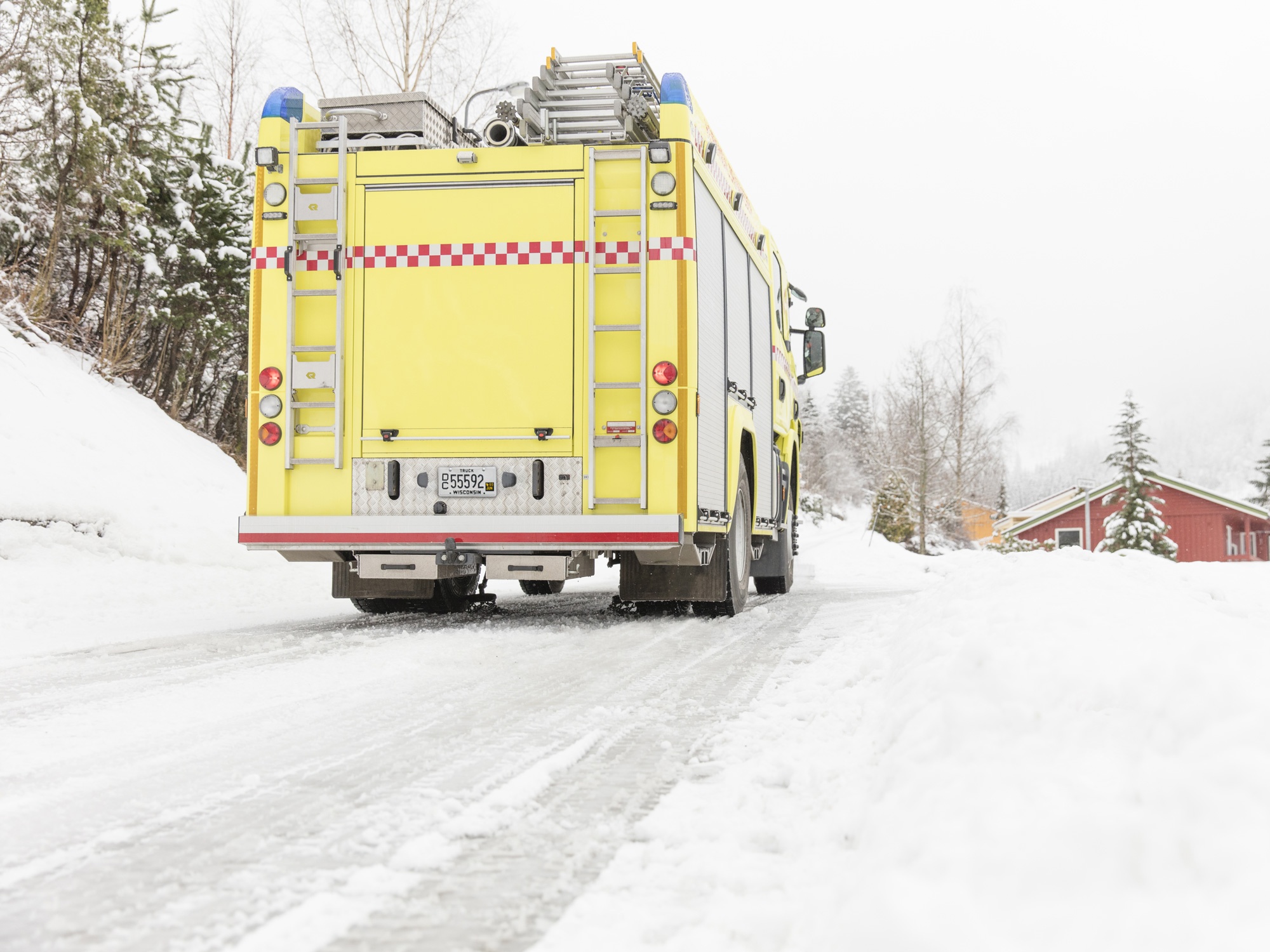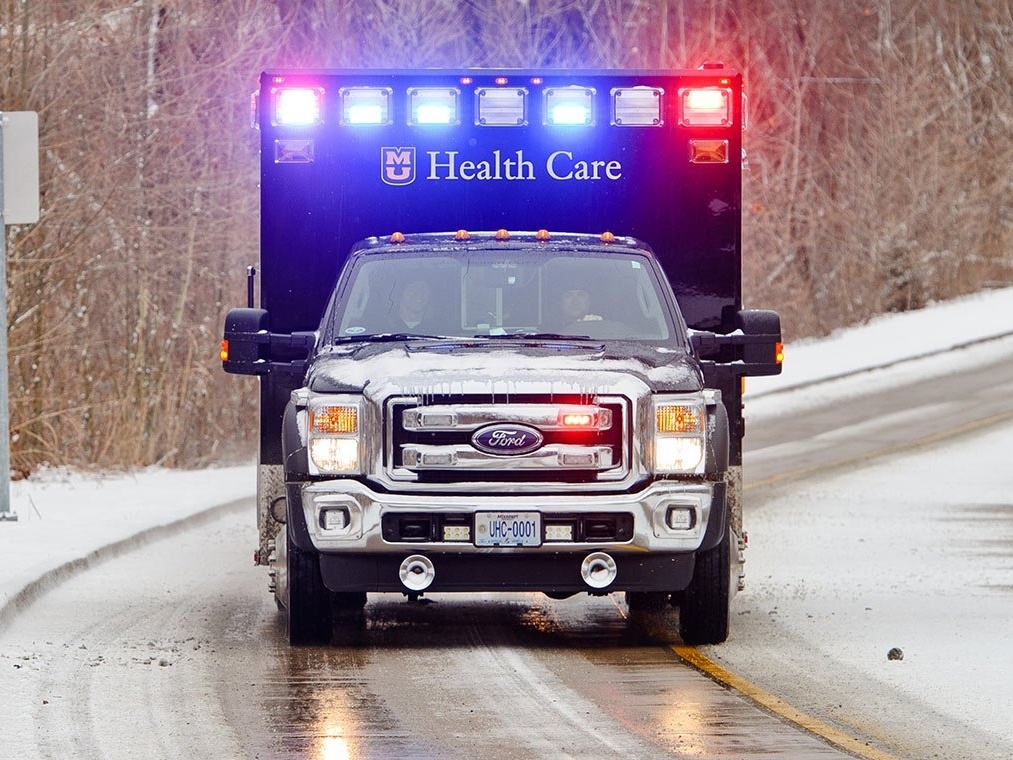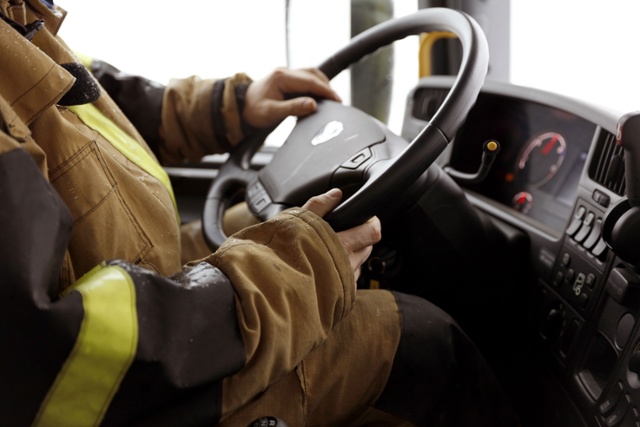When purchasing a new vehicle, 4x4 is a common option to consider. No wonder, it’s a familiar and well-tried solution with good features for safer driving – but it’s easy to ignore its weaknesses believing there’s no better alternative. However, when reflecting on those situations where traction is really crucial for your operations, you may conclude that 4x4 is not the perfect solution, but rather a compromise. Learn more here.
: Response Time (2)
×Achieving the shortest response time possible is key for saving lives or property at risk. But, what is response time?
Rescue Driving; How to be Efficient in Winter
Lucas Gulino, August 23, 2018
In your profession, driving a vehicle is not just a mode of transportation, it’s one of the tools that allows you to save lives. As such, your vehicle must be equipped with the best equipment to get the job done.
Why Response Time Must be Reduced
Leonard D'Orlando, August 3, 2018
One of the measures of effectiveness in rescue operations is ‘response time’. Naturally, in emergency situations, achieving the shortest response time possible is crucial for saving lives or property in danger. Therefore, a lot of time and effort are put into reducing response times. But what is actual response time?
Why response time must be reduced
For rescue operations ‘response time’ is one of the measures for effectiveness. In emergency situations response time should be as short as possible as this could be crucial for saving lives or properties at danger. Accordingly, much effort is put into reducing response times. But actually, what is response time?
What is the total potential for reducing response time?
Boel Haglund, December 21, 2016
Every single rescue operation is about minimizing damage and ultimately saving lives, and every single driver strives to reduce response time. For the rescue driver, with his specific knowledge and experience, it’s natural to reflect upon the matter from a local perspective. But, if we look at it from a general perspective; how many operations are there actually that may have response time reduced? Let’s have a look at some numbers.
How to shorten your response time in rescue driving
Ulrik Andersson, September 1, 2016
Why response time must be reduced
For rescue operations ‘response time’ is one of the measures for effectiveness. In emergency situations response time should be as short as possible as this could be crucial for saving lives or properties at danger. Accordingly, much effort is put into reducing response times. But actually, what is response time?
Response time is a sum of parts
The total response time could be split into three clearly different phases:
- Dispatch time – This is the time elapsed from when an emergency call is received at the central until the rescue unit is notified.
- Turnout time – The time from when the rescue unit is notified until it is responding.
- Travel time – The time from responding until arriving at the incident scene.
It’s quite obvious that the potential for reducing response time will differ considerably depending on what phase we’re looking at.







